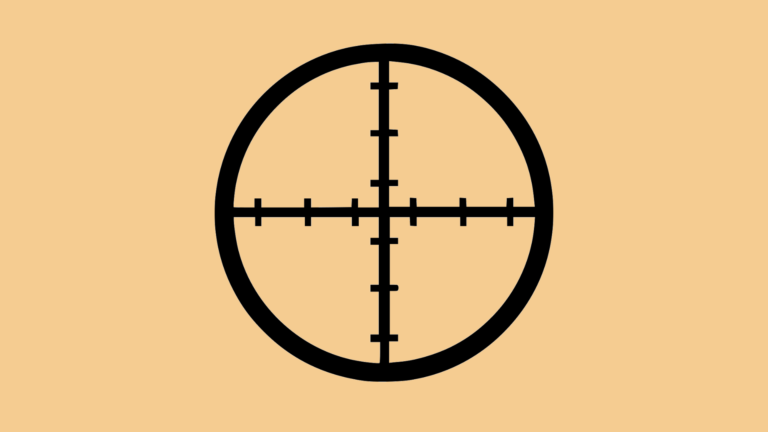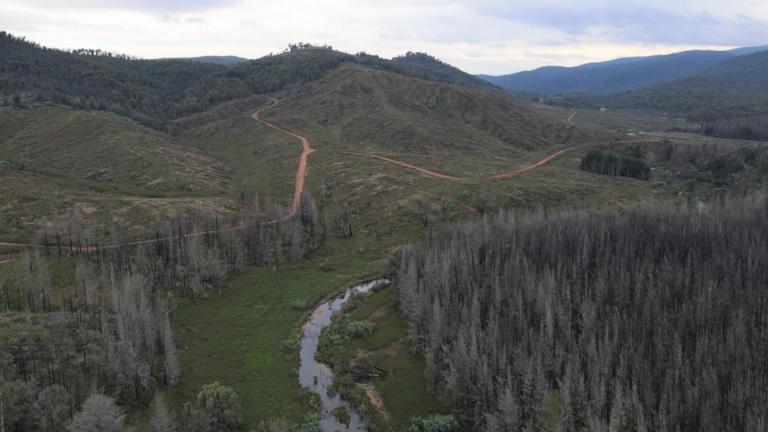HOW TO MAKE A TENTERFIELD (OR JAM JAR) FOX WHISTLE
Do you have a strong dislike for small predatory game animals? Are you operating on a tight budget, and find yourself in need of an effective lure to call them in? Well you’ve come to the right place. In this article, I’ll explain how you can make your own Tenterfield (or jam jar) fox whistle.
What is a Tenterfield fox whistle?
Simply put, a Tenterfield fox whistle is a bent piece of metal, with two holes drilled into it. As the user blows through the whistle, a noise is produced which replicates the sound of an injured rabbit or hare. This will attract predatory species such as wild dogs and foxes. While the concept may sound cheap and ridiculous, it’s surprisingly effective. As an added bonus, it also requires very few items and a short amount of time to make one.
List of tools and materials
- Jam jar lid (or a similar piece of flat sheet metal)
- Angle grinder or hacksaw
- Power drill, with a 3mm drill bit
- Vice (or a sturdy surface with a straight edge)
- Fine metal file, emery block, OR sand paper
- Hammer and metal punch
- Flat bladed screwdriver
- Small ruler and pen
- Quick release clamp
Mark a line down the centre of your jam jar lid.
Measure out 16mm from either side of this centre line, and place a mark.
Extend these lines to the top and bottom of the lid.
Connect these lines by tracing around the raised lip of the lid. Your lines should look like this:
Clamp the jam jar lid on the edge of your bench, and use your grinder (or hacksaw) to trim these outer lines, as marked in red above.
Use your file, an emery block, or sand paper to remove any sharp burrs, and to smooth out the edges of the metal. This should be done on both sides of the whistle.
Mark a point 5mm from the bottom, and another halfway up the work piece. The bottom mark will be drilled out so that you can attach some string to the whistle. This will prevent you from losing it while out in the field. The centre mark will be a reference point that we’ll use to bend the whistle into shape later on.
Use your punch to dent the lower mark (at 5mm), then drill it out with your 3mm drill bit. Using the punch will prevent your drill bit from sliding around on the surface of the metal.
Remove any sharp burrs or rough edges from the hole. Due to thickness of the material, it may become warped or deformed during this process. If that happens, use a hammer (or something similar) to flatten out the metal once all burrs have been removed.
Next, place the whistle into a vice just below the halfway mark. This will make the lower section – with the hole in it, slightly longer and easier to hold. Alternatively, you can lean it against a straight edge.
Bend the whistle 90 degrees, remove it from your vice, and squash it completely flat. Don’t worry if it’s slightly wonky, like mine.
Mark a point 10mm in from the bent edge. Hit it with your punch and drill the hole straight through the work piece.
Remove any burrs, and taper down the corners on the bent edge. If you don’t do this, it will cut up the corners of your mouth.
Finally, take a screwdriver, and separate the flaps of the whistle.
That’s all there is to it. You’ve now got your own Tenterfield fox whistle!
For more information on how to use (or tune) your whistle, check out our other article which can be found here.
Suggested posts

- ozfishandgame

- ozfishandgame

- ozfishandgame
The summer holidays are almost upon us. As the mercury continues to rise into the 40’s, most of us will make our way to the beach in search of adventure. Whether you’re catching a wave or diving for your next meal, its likely that you’ll be doing it in a wetsuit. This article contains everything you need to know about the care and maintenance of this important piece of kit.

- ozfishandgame
Each year, deer enter their peak breeding season between March and May. During this time, their natural defence mechanisms are relaxed as they focus more of their attention towards finding a mate, and less on self-preservation. This period is commonly known in Australia as the rut, or the roar. As a result of these behavioural changes, deer become easier to hunt, making it a popular time of year for hunters to book into NSW state forests.
If you’re planning a trip during the rut, you’ll need to understand how access works. The three most popular NSW state forests switch from normal bookings to a ballot system. This article breaks down how it works, why it exists, and what you need to know before entering.





